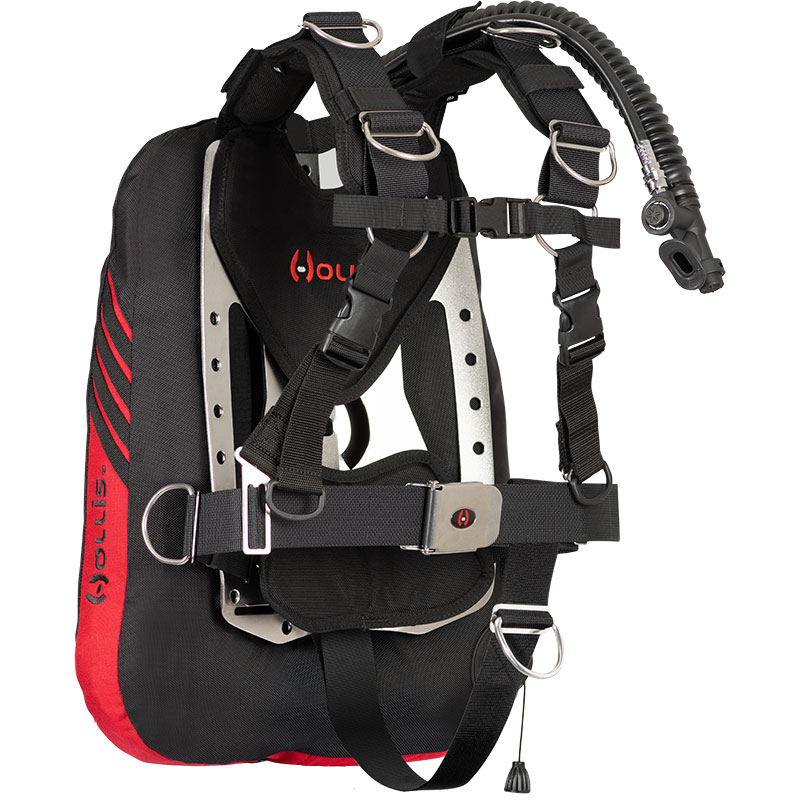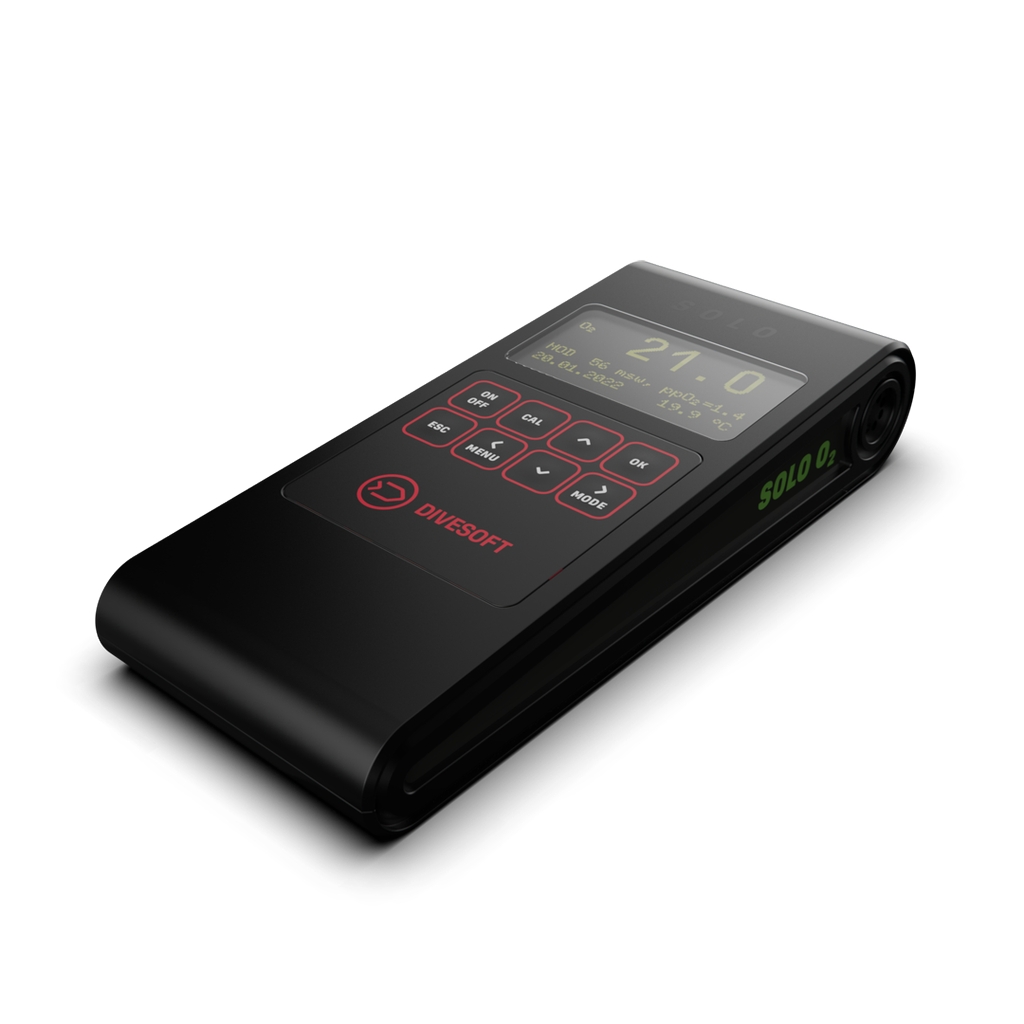Navigation
These first and second stage regulator service kits contain all genuine factory-supplied parts. They include the wear items that may go bad such as low pressure seats and high pressure seats.
Most authorised dealers like The Scuba Doctor are able to perform warranty, repair and service work on your dive equipment. Availability of sub-assemblies and components, repair parts, specialised tools and maintenance manuals does not imply qualification to assemble and/or service scuba equipment.
Service by other than an authorised dealer voids the warranty on all products we sell. Improper service of dive equipment can lead to serious injury or death.
The Scuba Doctor recommends that divers participating in more advanced technical and exploration type diving be trained in equipment service. We recommend that non-qualified individuals seek professional training/mentoring before attempting repairs or servicing on any diving equipment.
These items are sold with special terms of: NO warranty, NO return, NO support and no exceptions. Your complete satisfaction is our goal, so please consider carefully before ordering regulator service parts.
Sir William McPherson
![]() Wreck Dive |
Wreck Dive | ![]() Boat access
Boat access
![]()
![]()
![]()
![]()
Steel Steam Dredge | Max Depth: 57 m (187 ft) — Graveyard
The Sir William McPherson was a steel dredge, built in 1912 at Kinderdijk, Holland for the Melbourne Harbour Trust. She was scuttled in the Victorian Ships' Graveyard on 12 May 1949.
The Sir William McPherson dredge pumped spoil into a hopper barge, which was then taken to the spoil grounds.
Diving the Sir William McPherson Shipwreck
The Sir William McPherson shipwreck has boilers at the stern which make for a nice swim through. The engine exhausts are still sitting vertical and there is a large anchor near the bow.
Some of the original timber decking stills survives. While it has collapsed quite a bit, it's still in remarkable good condition. The heavy deck equipment that once worked the mechanics of the ship are still in place.
Bass Strait Warning: Always keep an eye on sea conditions throughout any shore or boat dive in Bass Strait on Victoria's coastline. Please read the warnings on the web page diving-in-bass-strait before diving or snorkelling this site.
Sir William McPherson Shipwreck History — Built in 1912
The Sir William McPherson was a steel steam dredge of 482 tons gross, built in 1912, by L. Smit & Sons, at Kinderdijk, Holland. The vessels dimensions were 158.5 ft (48 m) in length, with a beam of 32.3 ft (9.85 m) and a draught of 10.3 ft (3.14 m). She was powered by a 116 nominal horsepower steam engine.
She was first named the H. A. M. 4. She was sold in 1924 to the Melbourne Harbour Trust and renamed the Sir William McPherson.
Sir William McPherson Sinking — Scuttled 12 May 1949
The vessel was laid up in 1939 and eventually stripped of superstructure, deckhouse and engines.
On Thursday 12 May 1949, the tug Vigorous left Hobsons Bay with the Sir William McPherson in tow. The tow down Port Phillip didn't go without incident, with the tow line snapping a snapping a number of times. That dredge hulk was unwieldy to tow with it having a tendency to yaw from side to side.
Eventually the Victorian Ships' Graveyard was reached. The powder monkeys set the scuttling charges, and at 5:39 p.m. the charges were detonated. The Sir William McPherson continued to float for another 35 minutes before it slowly sank and disappeared into 30 fm (55 m) of water.
See also, Heritage Council Victoria: Sir William McPherson, and
Australian National Shipwreck Database: Sir William McPherson.
Heritage Warning: Any shipwreck or shipwreck relic that is 75 years or older is protected by legislation. Other items of maritime heritage 75 years or older are also protected by legislation. Activities such as digging for bottles, coins or other artefacts that involve the disturbance of archaeological sites may be in breach of the legislation, and penalties may apply. The legislation requires the mandatory reporting to Heritage Victoria as soon as practicable of any archaeological site that is identified. See Maritime heritage. Anyone with information about looting or stolen artefacts should call Heritage Victoria on (03) 7022 6390, or send an email to heritage.victoria@delwp.vic.gov.au.
Traditional Owners — This dive site does not lie in the acknowledged traditional Country of any first peoples of Australia.
Sir William McPherson Location Map
Latitude: 38° 20.697′ S (38.344957° S / 38° 20′ 41.85″ S)
Longitude: 144° 29.214′ E (144.486898° E / 144° 29′ 12.83″ E)
Datum: WGS84 |
Google Map
Added: 2012-07-22 09:00:00 GMT, Last updated: 2022-05-15 18:59:41 GMT
Source: Book - Victoria's Ships' Graveyard GPS (verified)
Nearest Neighbour: Buninyong, 2,796 m, bearing 71°, ENE
Steel Steam Dredge, 482 ton.
Built: Kinderdijk, Holland, 1912.
Scuttled: 12 May 1949.
Victorian Ships' Graveyard, Bass Strait.
Depth: 52 to 57 m.
[ Top ]
DISCLAIMER: No claim is made by The Scuba Doctor as to the accuracy of the dive site coordinates listed here. Should anyone decide to use these GPS marks to locate and dive on a site, they do so entirely at their own risk. Always verify against other sources.
The marks come from numerous sources including commercial operators, independent dive clubs, reference works, and active divers. Some are known to be accurate, while others may not be. Some GPS marks may even have come from maps using the AGD66 datum, and thus may need be converted to the WGS84 datum. To distinguish between the possible accuracy of the dive site marks, we've tried to give each mark a source of GPS, Google Earth, or unknown.
Copyright © 2005-2022 by The Scuba Doctor Australia, ABN 88 116 755 170. All rights reserved.
tel. +61 3 5985 1700 :: email. diveshop@scubadoctor.com.au :: Web site by it'sTechnical 2022




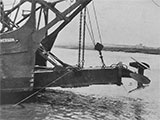





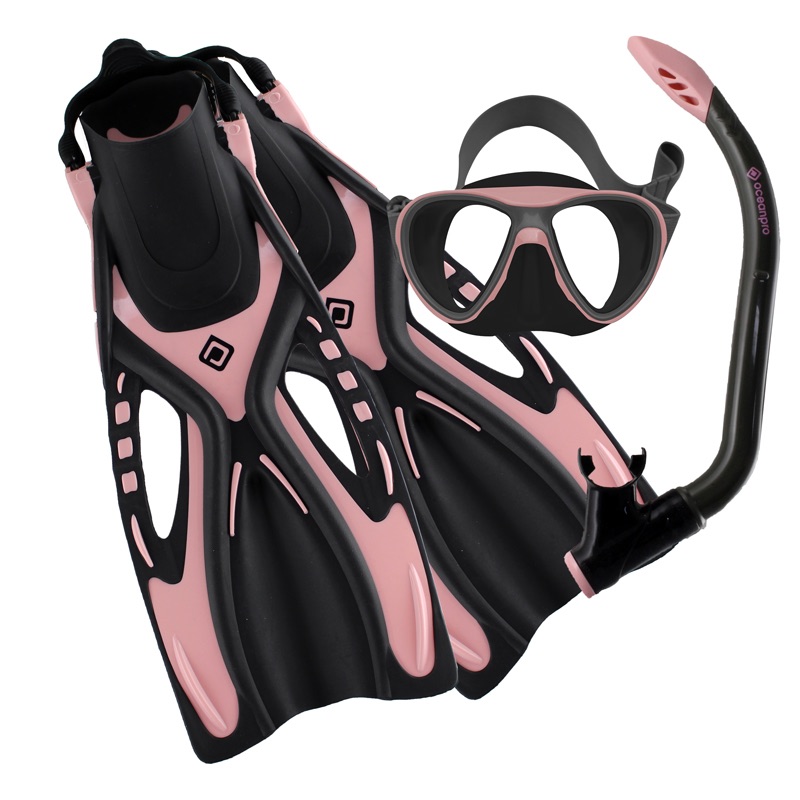


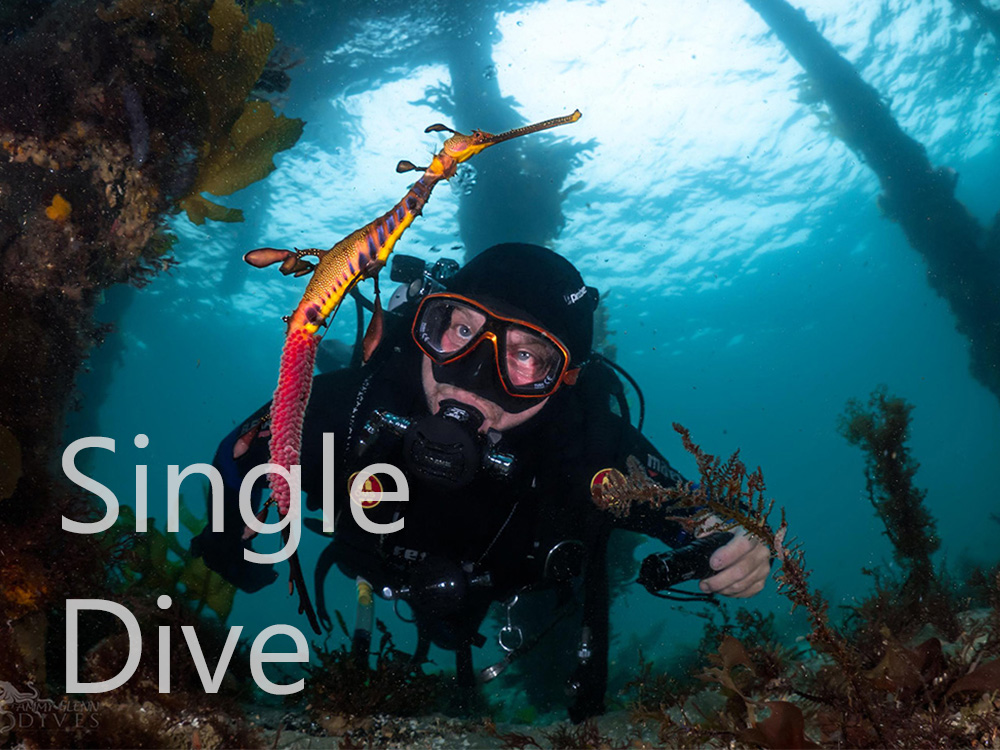
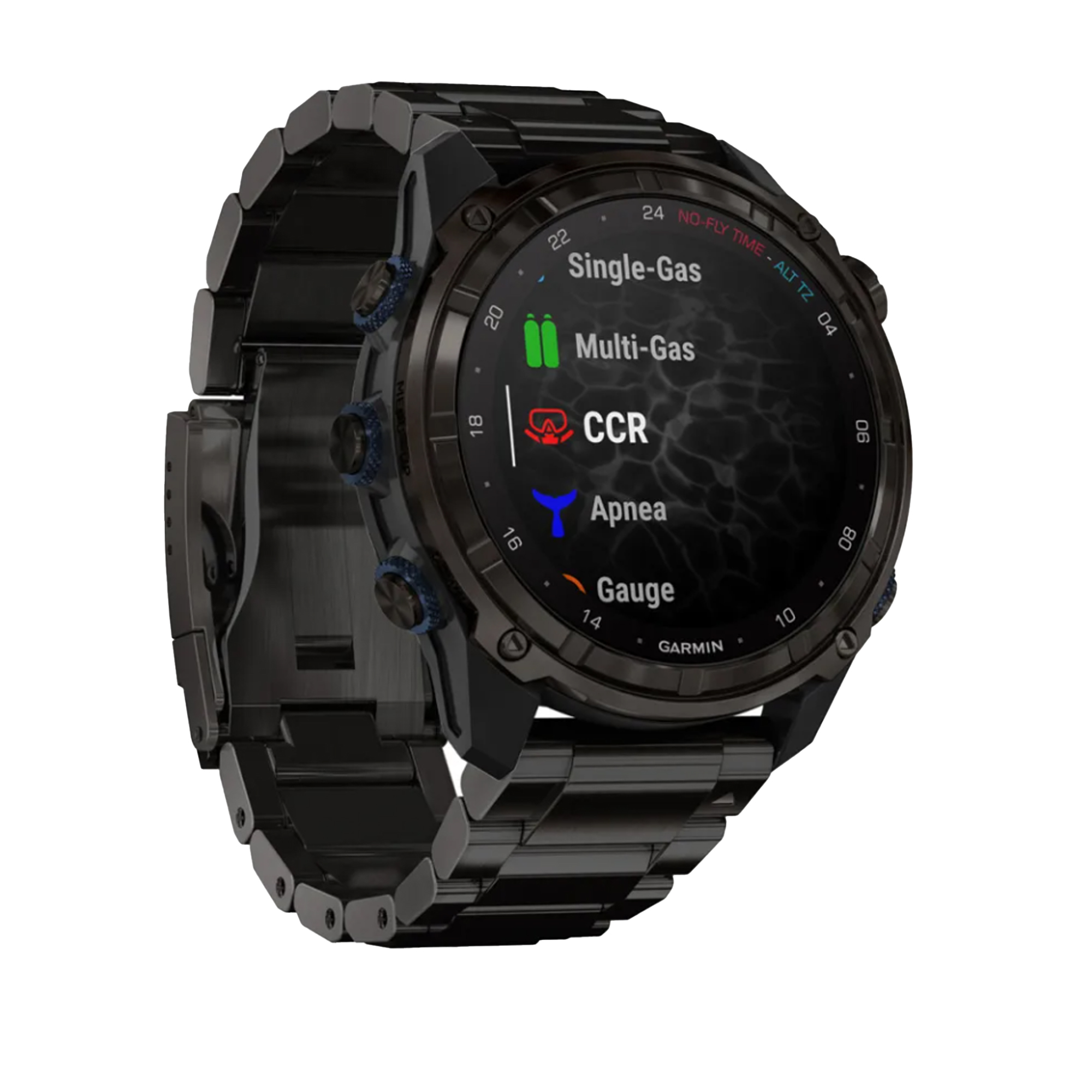
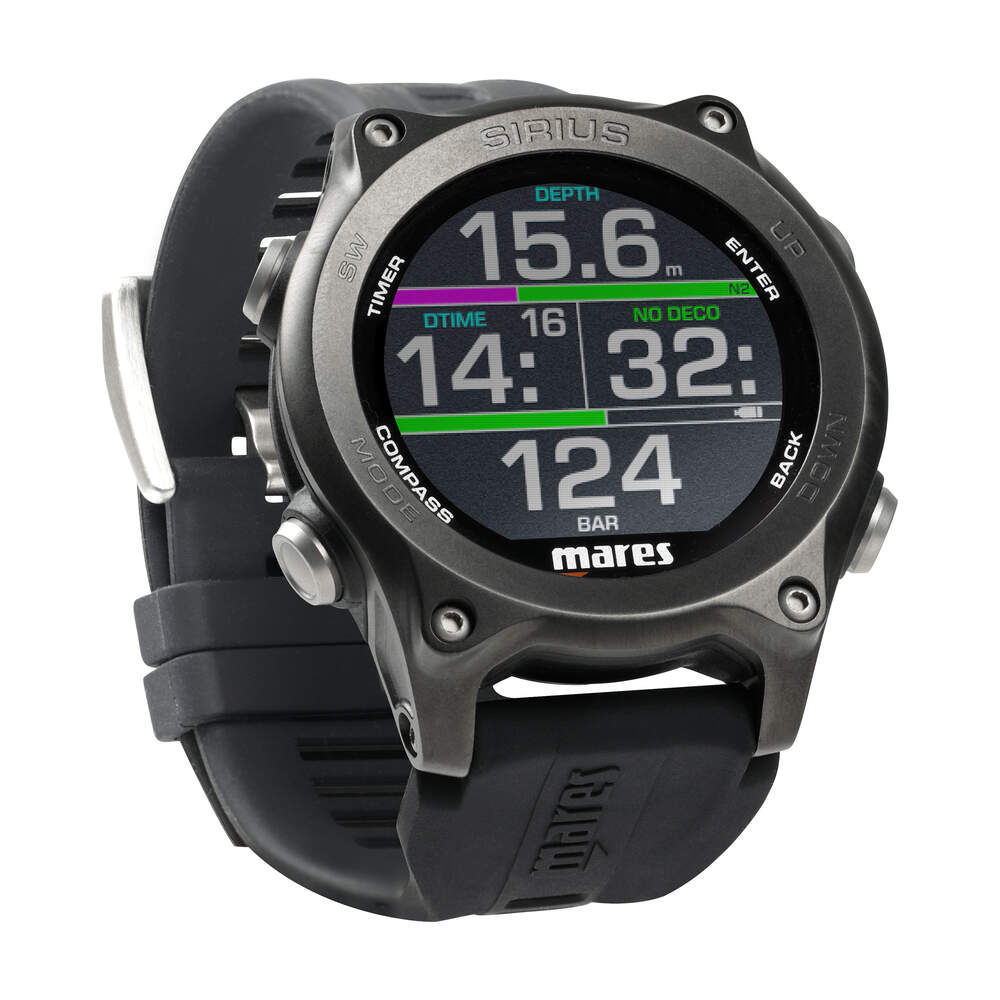
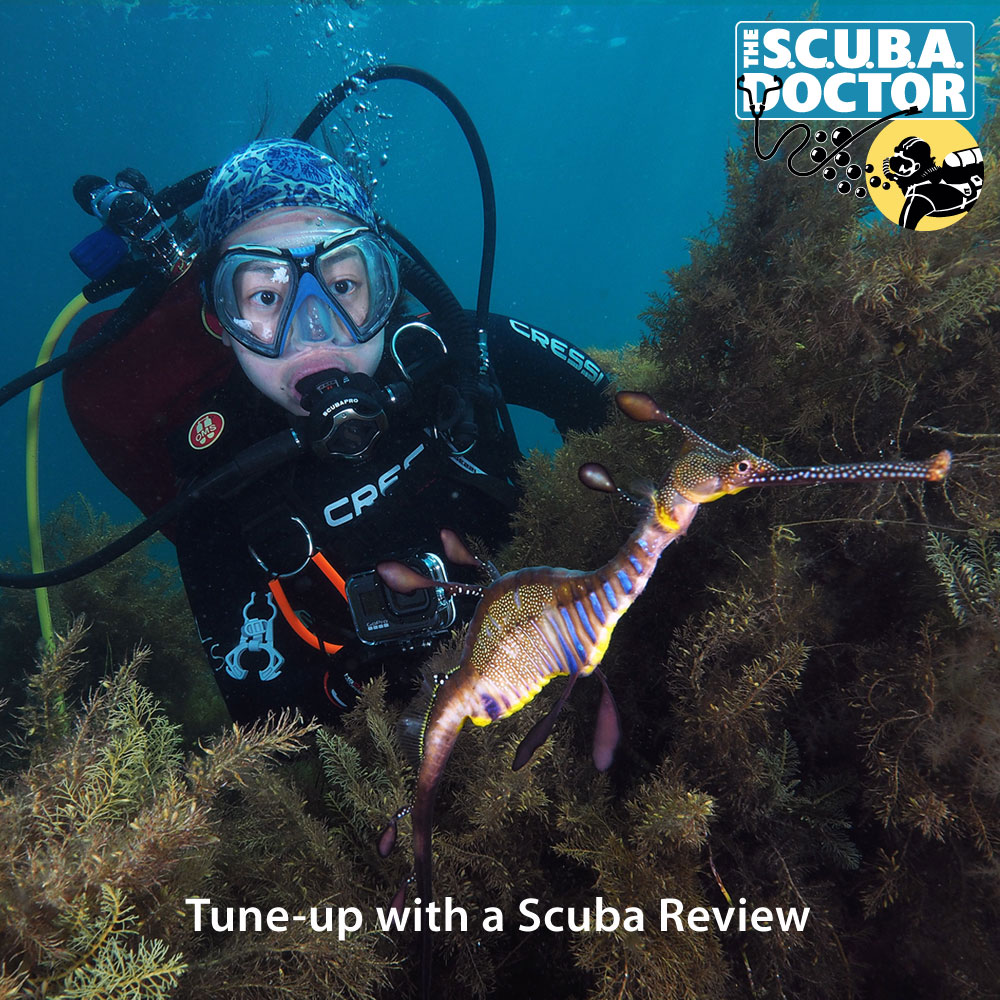
![Halcyon Infinity 30lb System [SS Small Backplate] Halcyon Infinity 30lb System [SS Small Backplate]](/diveshop/images/halcyon/Halcyon-Evolve-Wing.jpg)


